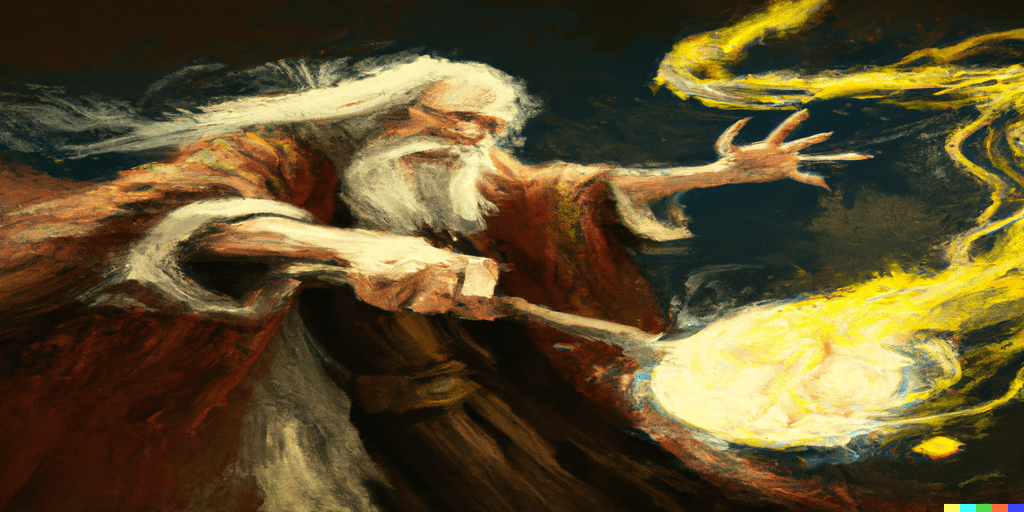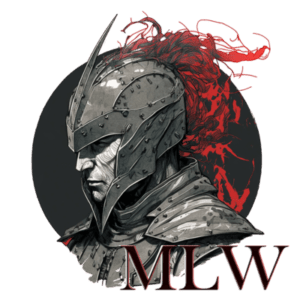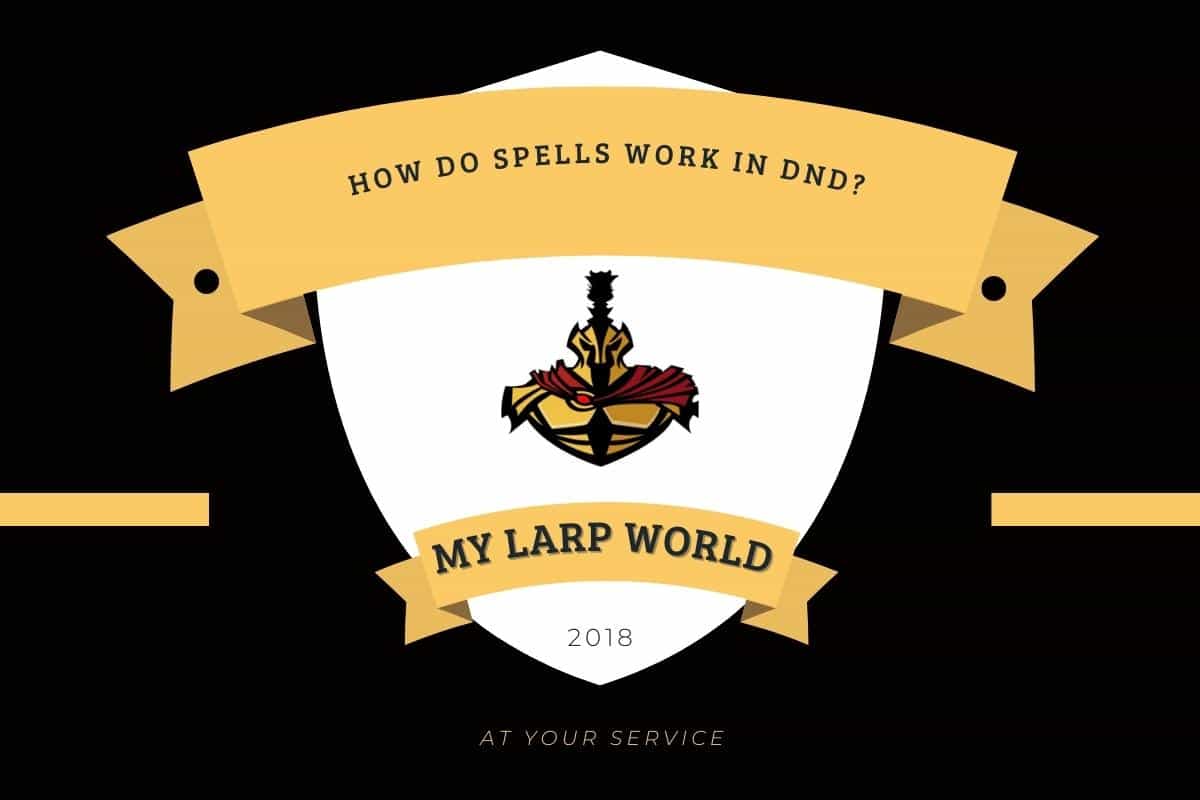Spellcasting is one of many unique mechanics in DnD which can be pretty confusing for new players. The truth of the matter is that spells aren’t very hard to grasp once you know how they work, but it’s understandable that players may have questions about them in the beginning.
So, let’s get into the nitty-gritty. How do spells really work in Dungeons and Dragons?
Spells are magical effects that a character can produce. These effects come in many different forms, and spells have different consequences depending on what they are. There are many different classes of spells, for example, buff spells, debuff spells, healing spells, and damaging spells. Spells have restrictions, such as range, duration, and more.
Now that you’re aware of the basics, let’s go through the details point by point. After reading this resource, you will hopefully have an increased understanding of how spells work in DnD.
How Do Spells Work In DnD?

One thing to understand is that spells have levels, more specifically a level from 0 to 9. A level 0 spell is a relatively weak spell, while a level 9 spell is very powerful.
Higher-level spells generally become available very late for characters. This means that you can’t be a low-level character and still cast level-9 spells.
You can’t have an unlimited amount of spells at your disposal at all times. This is where spell slots come into play. Spell slots are the number of spells you can hold in your mind at the same time.
This number isn’t static, and moreover, it isn’t the same for every class. For example, Bards and Wizards have a lot of spell slots and are considered “full casters”, while other classes have fewer.
Furthermore, lower-level spells are easier to “spell slot” since they do not require a specific slot. High-level spells require high-level spell slots. If you cast a spell, the slot is used up until you perform a long rest.
Spells also require components to cast. These components can be put into three different categories: material (M), somatic (S), or verbal (V). In the description of a spell, you can see what type of component you need to cast it.
What Are the Different Spells in DnD?

As I mentioned previously, there are a couple of different categories of spells. These are, roughly, debuff spells, buff spells, damaging spells, healing spells, and utility spells. Let’s go through their general characteristics below.
- Damaging spells – These offensive spells are oftentimes straightforward: they are there to deal damage to enemies. Common damaging spells are fireballs, bolts of lightning, and so forth.
- Healing spells – Healing spells are there to restore lost hit points to characters. Examples of this type of spell are regenerate and cure wounds.
- Debuff spells – Debuff spells do not necessarily cause damage to enemies, but they put them in unfavorable states. For example, debuff spells can blind, fatigue, or curse them.
- Buff spells – Buff spells are the opposite of debuff spells, which means that they are there to put beneficial effects on allies and the caster. These buffs can mean increases in stats and more. Heroism and Bless are both examples of this.
- Utility spells – Utility spells are handy tools that do not fall into any of the other spell categories. These spells are usually really good to have since they can provide shortcuts, positional advantages over enemies, and more. Examples of utility spells are fly and water breathing.
Some spells fall in between the categories as well. Maybe they provide benefits from more than one category, for example.
You Might Also Like: The Complete Guide On How To Start Playing D&D
Cantrips, for example, are very handy tools since they don’t require spell slots, and they can provide things such as healing. You can therefore argue that a cantrip such as First Aid falls into both the utility and healing categories.
Do You Have to Roll For All Spells?

Spells in general work differently from attacks. They don’t require you to make rolls most of the time, for example. However, some spells do require a roll of some kind, and if it does, it’s stated explicitly in the spell description.
This means that some spells require both components and some sort of roll to cast, which can prove tricky. What roll you need to perform depends on the spell. Sometimes, spells require saving throws, and some require attack rolls. Some even require both.
How Do Spell Levels Work?
As I mentioned earlier, spells have different levels. The higher the level, the harder and more complex is the spell. This is in my opinion a good way of illustrating the different power levels of spells, and also a good balance mechanic in the game.
Spells also require spell slots. For example, level-9 spells require level-9 spell slots, which you can acquire as you level. This means in turn that you can’t expand a level-1 spell slot to cast a level-2 spell.
Specific spells and their levels can be seen under each respective class in the Player’s Handbook. I recommend getting the book if you want to learn more about spells in DnD.
Can You Learn New Spells?
Yes, classes can learn new spells as you play with them. Exactly how a character learns new spells depends on the class. For example, Wizards can learn spells by reading from books, while Clerics can pray to their deity and unlock spells that way.
Generally, characters learn spells as they level up. The spell progression of your specific class can also be found in the Player’s Handbook.
The variety of spells also differs from class to class. For example, wizards have a very big list of spells that they can learn, while Fighters have a relatively small list of spells that they can learn.

